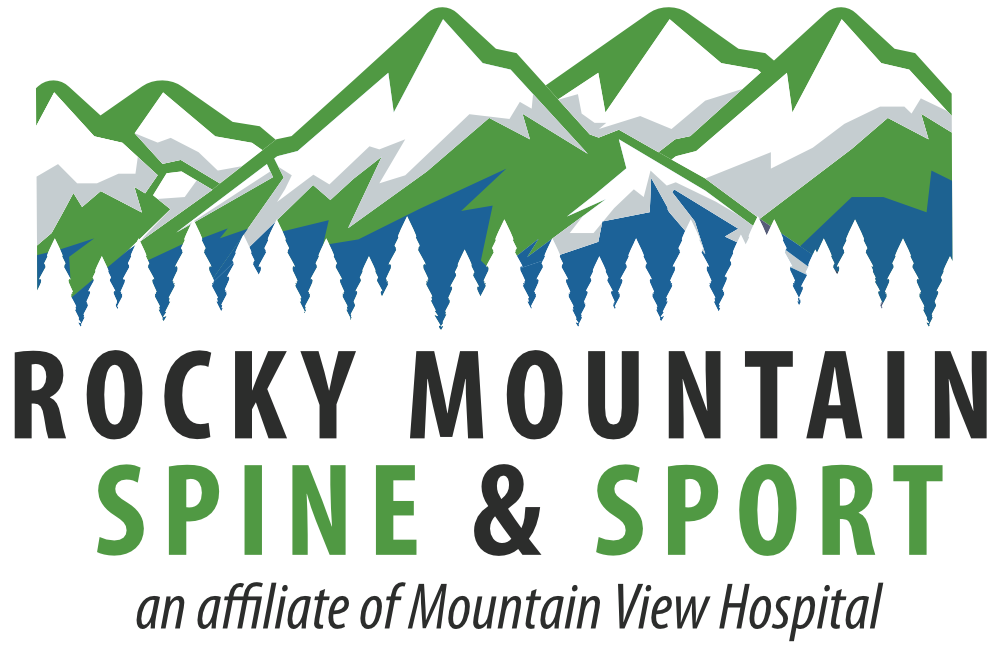Treating Knee Problems: An Innovative, Modern Approach!!
Hi All, My last blog was on the different type of injuries/problems/pathology that can occur in the knee. Today we will tie things together with the common and perhaps not so well-known treatment protocols. Once again, I would add the caveat that this is a basic/informational discussion. When it comes to medicine even the smallest region or anatomical part can be quite complicated and detailed. So, considering the knee, there are medical professionals who solely practice on this region and have dedicated several years to study and practice, but if questioned would likely note they don’t know it all. Therefore this blog will just cover the general topics and if you desire more information, my suggestion would be to book an appointment with a trusted medical professional who has strong knowledge on all the treatment options, both old and new. When it comes to the topic of treatment in this blog series, I feel trusting the internet would be like navigating a mine field, so don’t do it!!
What treatments can be done to help with knee issues?
What treatments are available for:
1. ACL tears/sprains, Meniscus tears, Collateral Ligaments tears/sprains
- Nothing---This will be a reoccurring theme. It is always your option to do nothing and just “deal with it.” The knee joint in our modern age, unlike the hunter/gatherer days is not required to sustain life.
- Physical Therapy---The theory here would be to strengthen the supporting structures, to take pressure off of the damaged region. This will vary on degrees of success, with limits on the overall results, largely variant on if this is just a strain/sprain or tear vs. the degree of degeneration when considering OA.
- Surgery---Viewed as the standard treatment for tears. However, we are finding that even under the best circumstances, obtaining anatomical alignment (ACL surgery) even with a very skilled surgeon is challenging and with limitations. There is some question on whether ACL repair/meniscal repair accelerate arthritic/degenerative changes in the joint, precipitating the need for a total joint replacement in the future.
- Regenerative Injections---My neck of the woods. I admit bias here, as this is a procedure we offer and are very happy to do so. Regenerative injections have no downside, besides the fact that they don’t come with a 100% guarantee; however, none of the other treatments can make the 100% claim either. Outcomes have a high rate of success, less down time than surgery, your alignment remains unaltered and tissue that helps aid the joint in function is not removed.
2. Tendinitis/Tendinopathy
- Nothing---(See above)
- Physical Therapy---(See above)
- Surgery---Tendon surgery is challenging at best.
- Regenerative Injections---(See above)
- Tenex---This is a very exciting procedure for tendon issues, like regenerative injections a “game-changer.” This procedure incorporates ultrasonic vibration to help repair the tendon. Like the regenerative injections there is no downside, it can’t harm the tendon or cause damage in any way, no alterations in your anatomy.
3. Muscle strains
- No real discussion here. True muscle strains will heal in 7-10 days with or without intervention.
4. Osteoarthritis (OA):
- Nothing---(See above)
- Physical therapy---(See above)
- Surgery---Here we are talking about total joint replacement. Not to be too dramatic here, but in essence you are amputating the joint and replace it with hardware. This surgery has been done for years and has a high degree of success. In the same light though, I will see several cases of refractive pain status post joint replacement. What if something could be done prior to replacing the joint, making the surgery unnecessary? This may not be the case in every circumstance, but what if it was your knee?...see regenerative injections.
- Regenerative injections---(See above)
So for now, this will tie up the knee blog series. Unlike other blogs I have demonstrated a heavy bias towards the regenerative and Tenex procedures. Plain and simple, I believe in these treatments and feel they offer the best alternative (excluding divine intervention) for long-term improvement/function when compared to other options. Best wishes and keep moving!! Craig Kantack, PA-C
